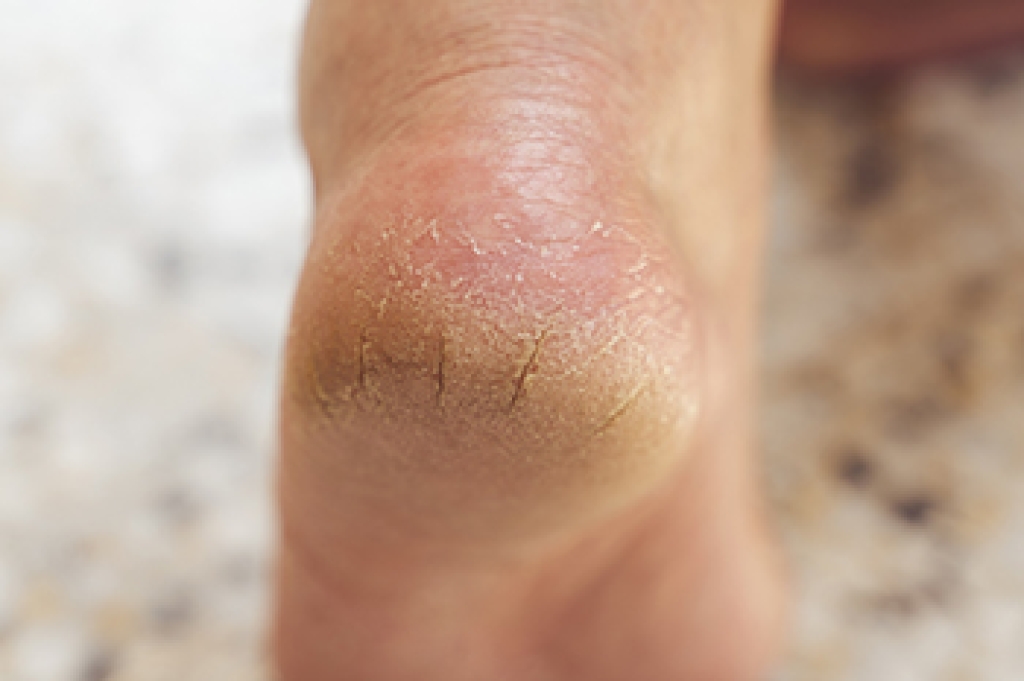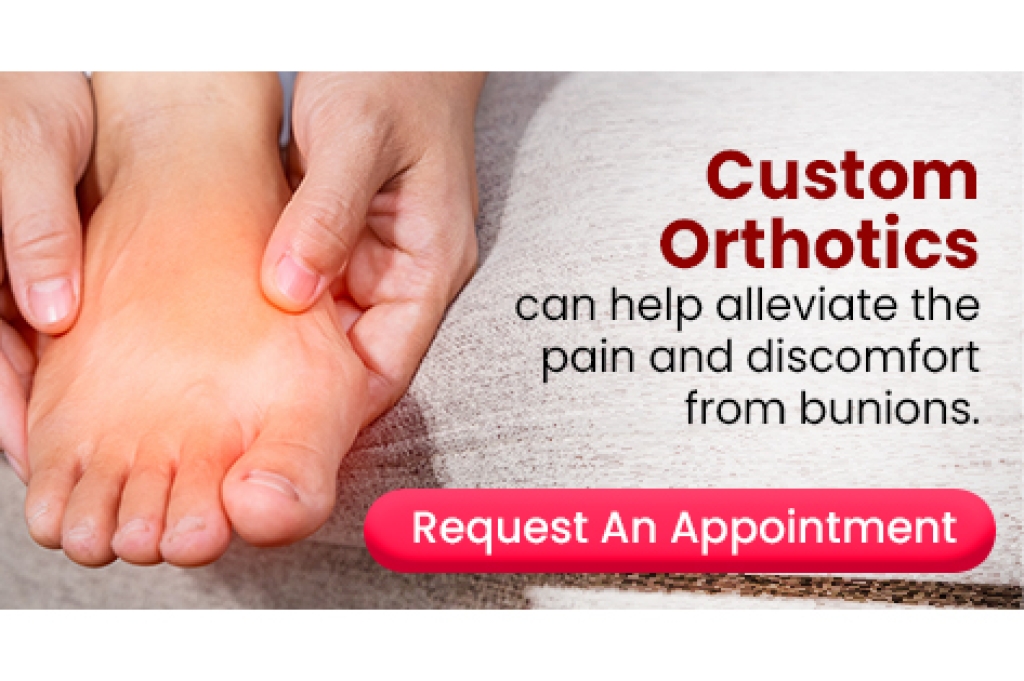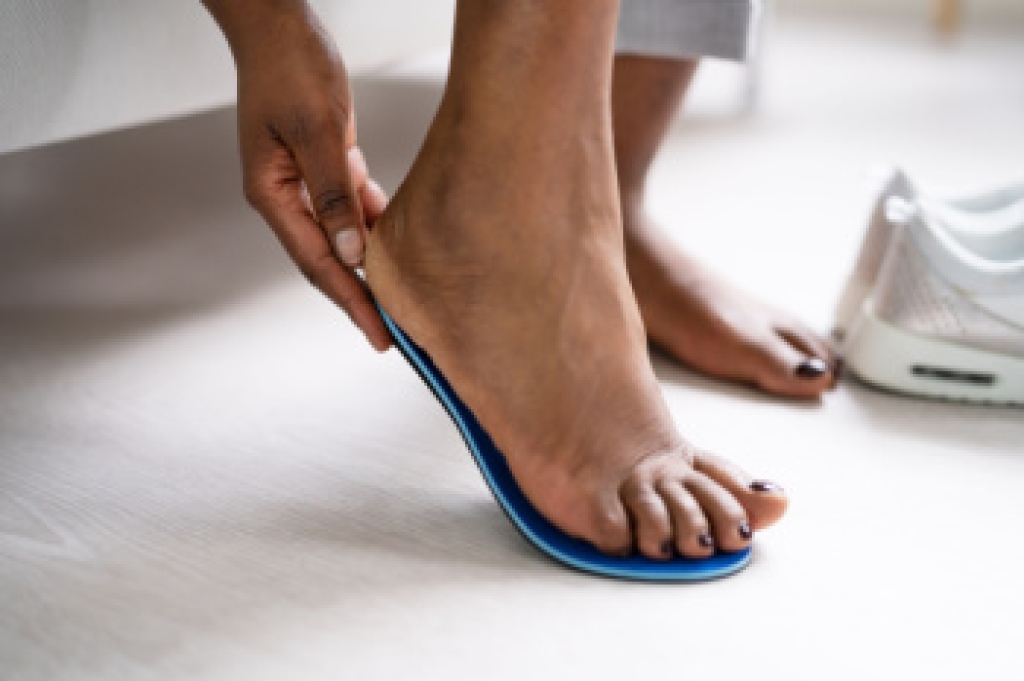
Cracked heels, a common issue for diabetics, are often caused by dry skin, reduced circulation, and nerve changes that decrease the ability to feel early symptoms. The heels may look thickened, flaky, or split with visible fissures, and they may feel sore, tight, or tender when standing or walking. In some cases, the cracks can deepen and increase the risk of infection, especially when blood flow is compromised. Symptoms include redness, swelling, and difficulty bearing weight, while causes often involve pressure from standing, open backed footwear, and reduced skin moisture. A podiatrist can assist by assessing sensation, circulation, and skin integrity, followed by a clear diagnosis and a personalized care plan. Treatment options include regular debridement of thick skin, protective dressings, footwear advice, and orthotic support to reduce pressure on vulnerable areas. If you have diabetes and are dealing with painful cracked heels, it is suggested that you make an appointment with a podiatrist.
Diabetic foot care is important in preventing foot ailments such as ulcers. If you are suffering from diabetes or have any other concerns about your feet, contact one of our podiatrists from Biebel & DeCotiis Podiatry Associates. Our doctors can provide the care you need to keep you pain-free and on your feet.
Diabetic Foot Care
Diabetes affects millions of people every year. The condition can damage blood vessels in many parts of the body, especially the feet. Because of this, taking care of your feet is essential if you have diabetes, and having a podiatrist help monitor your foot health is highly recommended.
The Importance of Caring for Your Feet
- Routinely inspect your feet for bruises or sores.
- Wear socks that fit your feet comfortably.
- Wear comfortable shoes that provide adequate support.
Patients with diabetes should have their doctor monitor their blood levels, as blood sugar levels play such a huge role in diabetic care. Monitoring these levels on a regular basis is highly advised.
It is always best to inform your healthcare professional of any concerns you may have regarding your feet, especially for diabetic patients. Early treatment and routine foot examinations are keys to maintaining proper health, especially because severe complications can arise if proper treatment is not applied.
If you have any questions, please feel free to contact one of our offices located in Holmdel and Middletown, NJ . We offer the newest diagnostic and treatment technologies for all your foot care needs.




